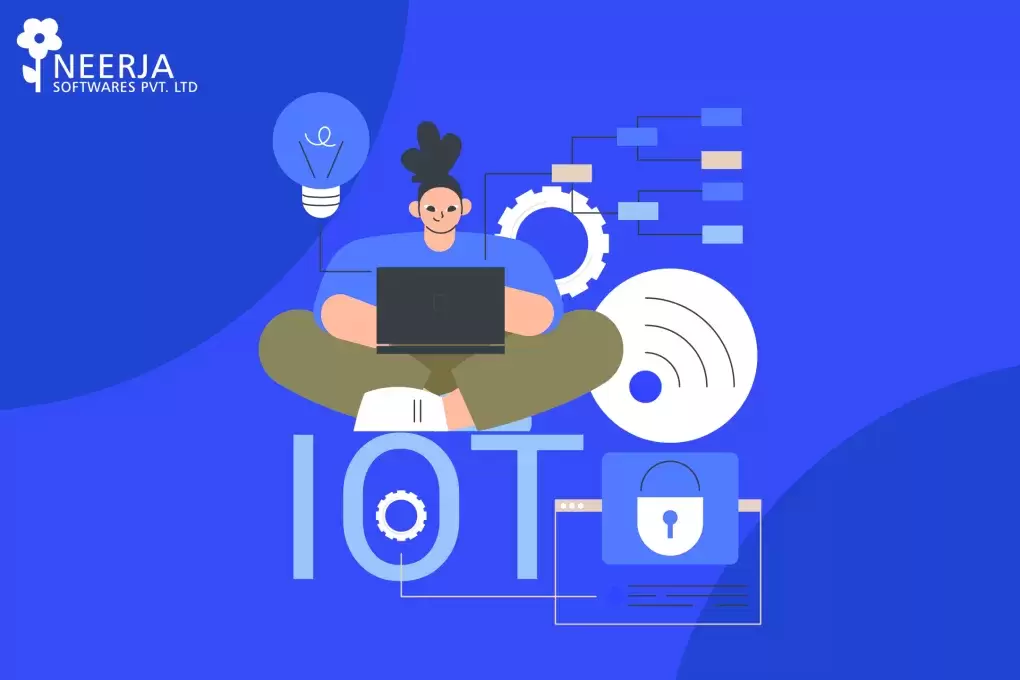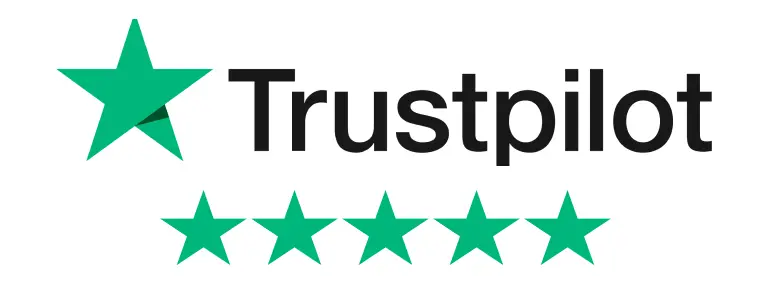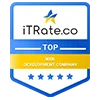
Advanced technologies are critical in the education sector in order to improve learning experiences.
As a result, several educational institutions try to keep up with changing technologies. These technologies can be used for more than only recruiting professionals or performing field tasks.
IoT technology also aids in the recruitment of enthusiastic educators, with features like virtual reality (VR) or augmented reality (AR) support, reversing classrooms, and Digital classrooms more.
According to a 2016 survey, approximately 46% of teachers believe in IoT-enabled devices.
Quick Navigation
What is IoT?
The Internet of Things (IoT) is a vast global technology that links thousands of units to share, collect, create, and receive data.
These gadgets might be anything from biochips to mobile phones to sensors to a massive system that monitors everything that is connected to everything else. The internet of things includes everything that is tangible and extends its properties to a virtual space.
Artificial intelligence, augmented reality, big data, web-based systems, internet-based smart devices, appliances, and other similar technologies all fit under this broad category if they use the internet and have a software-based device.
Key elements of IoT in the education Sector
Education professionals can use technology to improve classwork, improve the efficiency of the learning process, connect with students more effectively, and assure on-site safety.
The following are the major elements of integrating the Internet of Things in the education sector:
Efficiency in school administration has improved
Filling out a lot of paperwork, keeping track of supply management, and appropriately dispersing finances are all part of running an educational institution. IoT solutions lay the groundwork for a more efficient, risk-free, and integrated decision-making framework in which all stakeholders (teachers, kids, parents, and government authorities) are involved in improving the facility's state.
Data capturing
Components of IoT architecture allow for the simultaneous processing of gigabytes of data, which opens up a slew of possibilities for schools and colleges, including safety monitoring, student progress monitoring, and overseeing the professional training of teaching professionals, to name a few. Real-time data might be used by ministries and principals to improve the efficiency of testing and grading, as well as to find innovative approaches to improve classroom participation.
Strengthened Resource management
IoT in education helps educational institutions run more efficiently, lowering long-term operational and storage expenses. Facility managers can also use connected IoT devices for education to ensure that energy and water consumption are both efficient.
Connect global peer-to-peer professionals
The global nature of IoT aids education professionals in developing common teaching standards and ensuring that school and college training is equally efficient around the world. Global peer-to-peer professional training platforms, where educators from all over the world may share suggestions and best practices, could be supported by the Internet of Things. Students, on the other hand, will be able to share learning materials across borders, making education more accessible to people all over the world.
Safe operation
Advantages of iot in education; Schools, colleges, and pre-schools from a variety of security solutions available through the Internet of Things. On-demand video surveillance tools, student escort drones, smoke, and vaping sensors, and other technologies are among them. These platforms give parents and students more trust in their learning environment's safety, develop beneficial habits, and make it easier for facilities management to keep the institution clean.
Operate anytime and anywhere
Through the employment of unique internet-based systems, the Internet of Things plays a significant role in the construction of a network. Academics can use advanced technologies to show how their students have progressed. Edmodo is a fantastic tool for trainer-pupil communication.
Edmodo allows learners to gain access to knowledge from any location at any time. iot in smart education allows students and teachers to communicate in novel ways, such as checking messages and impending activities while out of the classroom or even commenting on social media posts.
It is, without a doubt, a highly powerful program that ensures a secure network and complete anonymity. It also allows you to preserve your thoughts and class assignments without fear of losing secrecy.
Excellent safety elements
This IoT in Education software development is critical since enforcing advanced technological solutions in classrooms and training areas can be beneficial. It contains emergency indicators, audio augmentation, wi-fi clocks, and hearing challenged warnings, all of which provide a sense of security to the students and employees.
It can also help to mitigate the devastation and save lives that can occur in the aftermath of a disaster. Colleges and educational institutions are using particular security measures to help calm down their campuses.
The IoT-enabled communications system can also be used for unique emergency tones, live bulletins, a few bell schedules, and pre-recorded instructional messages to direct a group of workers and pupils in the event of an emergency.
Student Attendance Monitoring
Teachers are concerned about student attendance, and it is an everyday chore at schools with no alternative. The Internet of Things (IoT) can assist in offering a solution to the difficult chore of documenting and calculating attendance for numerous purposes.
For practically every class, IoT can assist in minimizing this task. As students enter the classroom, biometric attendance or barcode-based attendance with the student's identity card number can be utilized to automatically record attendance. There is virtually no danger of discrepancy or storage in this manner.
Although this will not allow teachers to devote more time to their primary priority of teaching pupils, such systems can be made more effective by sending a direct message to the student's parents informing them of their absence in the classroom.
Conclusion
IoT software solutions provider for education has provided ways to improve the quality of education around the world by making it more understandable and accessible to all. Because IoT is an expensive investment, some schools are implementing it at their speed.















